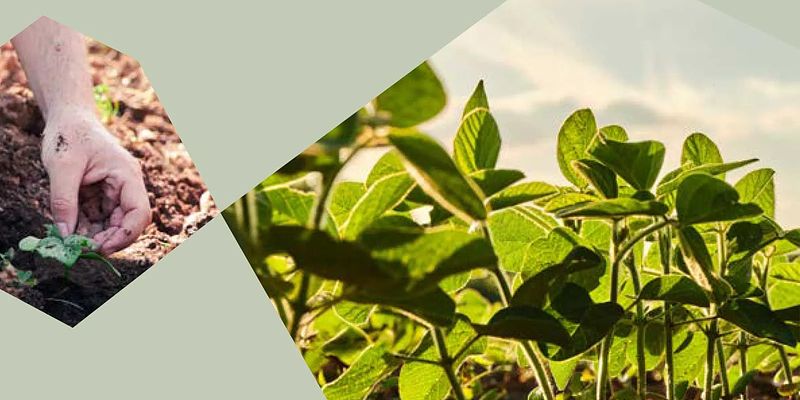
Just the facts
Implementing Outcome-Based Metrics to Scale Regenerative Agriculture
Category: Business,
2025-05-30 10:32
A new report by the World Business Council for Sustainable Development (WBCSD) highlights the need to expand regenerative agriculture from 15% to at least 40% of global cropland by 2030 to help limit global warming to 1.5°C. The report emphasizes the importance of standardized outcome-based metrics for measuring, reporting, and supporting environmental, social, and economic progress in the agri-food sector.
According to the World Business Council for Sustainable Development (WBCSD), achieving the goal of limiting global warming to 1.5°C will require a significant expansion of regenerative agriculture practices worldwide. Currently, regenerative agriculture is practiced on approximately 15% of global cropland. The WBCSD report states that this figure must increase to at least 40% by 2030 to meet climate targets. Regenerative agriculture refers to farming and grazing practices that restore soil health, increase biodiversity, and improve water cycles, contributing to both environmental sustainability and resilience. The report calls for businesses in the agri-food sector to adopt standardized, outcome-based metrics for measuring and reporting progress in regenerative agriculture. These metrics should cover environmental, social, and economic outcomes, enabling consistent support for farmers and transparent reporting. The WBCSD assesses publicly available information to encourage alignment among businesses, policymakers, and stakeholders. By standardizing measurement and reporting, the sector can better support the transition to regenerative practices, track progress toward climate goals, and ensure that farmers receive adequate support and incentives.
Source parameters
Source scores
Importance: 80%
Interest: 75%
Credibility: 92%
Propaganda: 4%
Removed emotions: 2